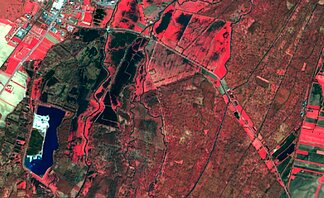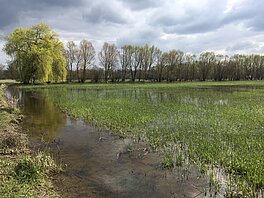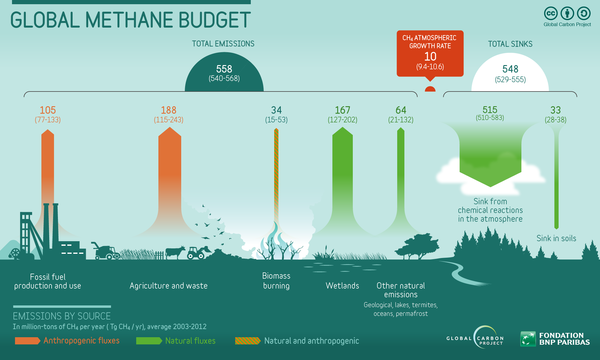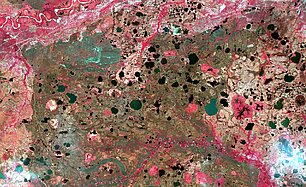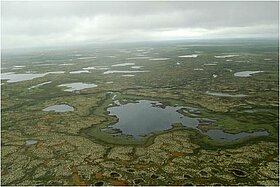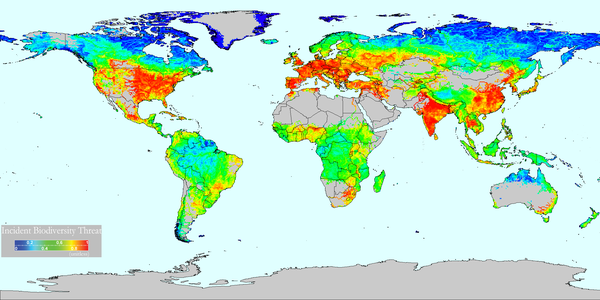Wetlands
Wetlands are ubiquitous on Earth, and provide with a number of "services" for life on Earth - including human beings' ones. Their observation is thus an important stake for all.
Strictly speaking, wetlands are wherever water meets land, including lakes and rivers, estuaries, deltas and coastal areas but also swamps and marshes, wet grasslands, peatlands, oases, floodplains and flooded forests, mangroves, man-made fish ponds, rice paddies and salt pans, etc. They are found everywhere around Earth, under every climate and altitude. Mostly, when talking wetland, though, rivers and lakes proper may not be the main topic, more swamps and marshes, or flooded areas.
Wetlands'services
Wetlands provide a number of services, for everydays' life. They help in water resources control, disaster reduction, flood wave control, filter of pollutants, limiting wave erosion along shorelines. They are thus important for Economy, all the more since they also provide livelihoods for local indigenous people: fertile soils, fish, grazing (millions of people are concerned, one way or the other).
They are also support to remarkable level of biodiversity. The combination of shallow water, high levels of nutrients, and high primary productivity (the amount of biomass produced) is ideal for the development of organisms, so they are breeding grounds for birds, fish, shellfish and amphibians. Migratory birds frequently have stops in them. This can lead to ecotourism, and so Economy and people's livelihood.
And, last but not least, wetlands have a huge impact on climate. They regulate carbon exchanges with the atmosphere via CO2 and CH4(carbon dioxide and methane) evasion. The Arctic wetlands, in particular, store enormous amounts of those greenhouse gases.
Observations & monitoring
Observing wetlands depends on the size and latitude of them. Optical observation by satellite (eg with Sentinel-2) is one of the priviledged means of measuring their extent.
Altimetry is helping to better know what is controlling the flow, water paths, and the water exchange either between rivers or between river and wetlands. Swot will provide with both extent and height at high resolution all over Earth (up to 77° in Latitude North and South).
Wetlands'stakes
All this means that threats to wetlands have impact on those domains. And since they have been much disparaged as source of epidemics, lands wasted for agriculture, etc., they were often dried out in the past. Inland wetlands declined by 70-75% and coastal ones by 62-63% in the XXe century. The disappearance of a marsh will threatened biodiversity. Climate change is having also an effect on Arctic swamps, leading to methane emission. On the other side, small lakes and ponds are now built for flood control, and natural wetlands are more and more made nature preserves.
References
C.J. Vorosmarty, P.B. McIntyre, M.O. Gessner, D. Dudgeon, A. Prusevich, P. Green, S. Glidden, S.E. Bunn, C.A. Sullivan, C. Reidy Liermann, and P.M. Davies, Global threats to human water security and river biodiversity, Nature 467, 555-561 (30 September 2010) doi:10.1038/nature09440
